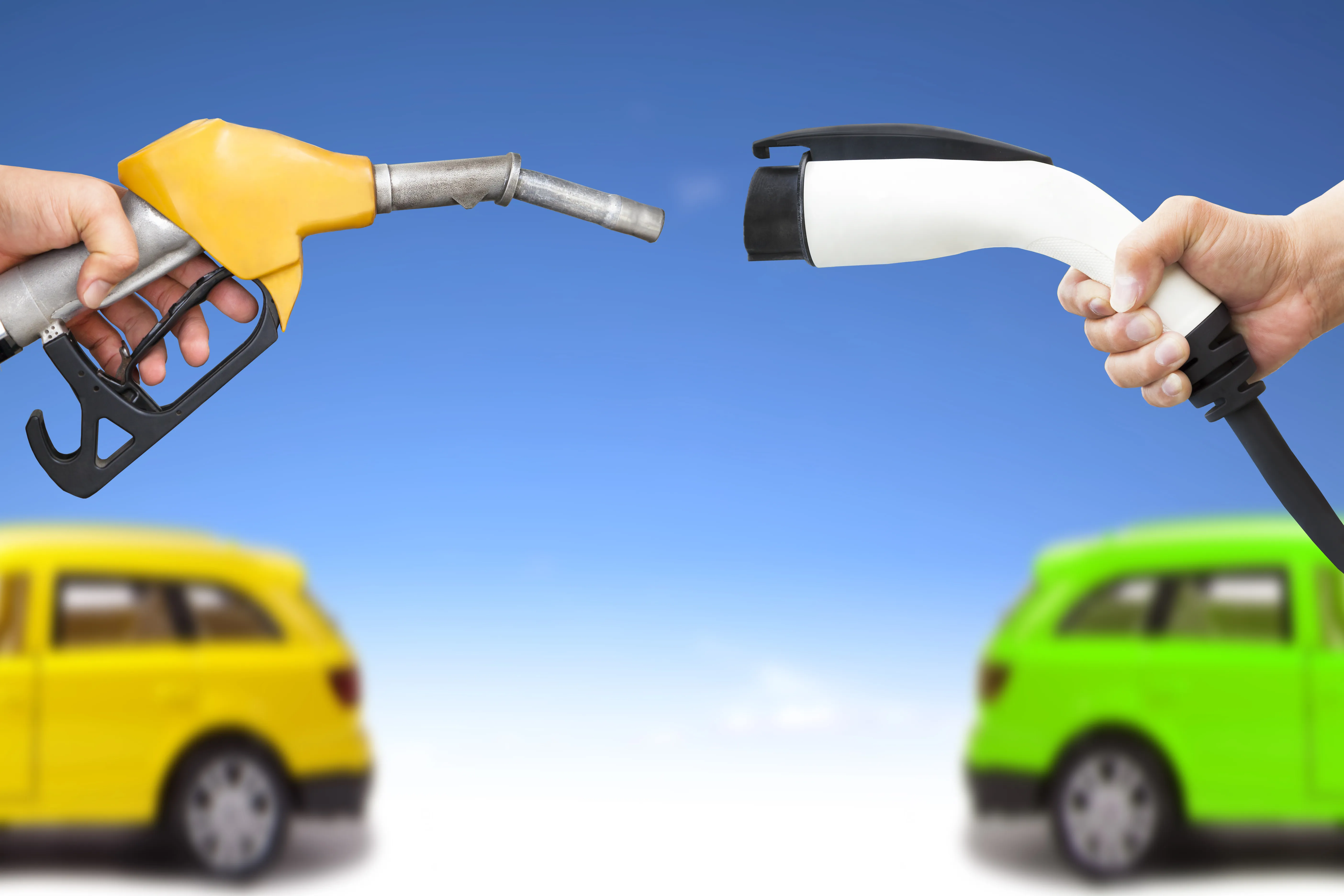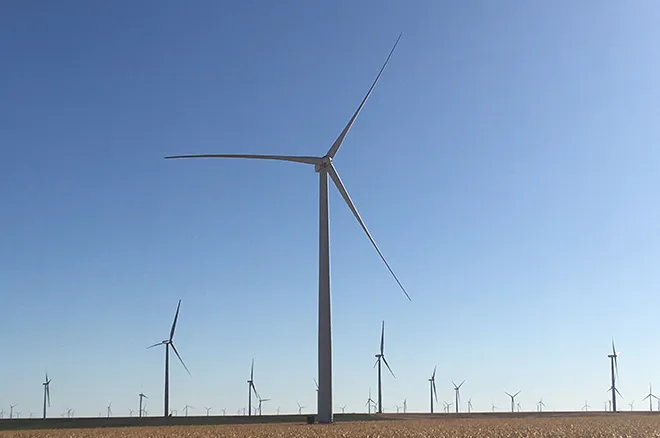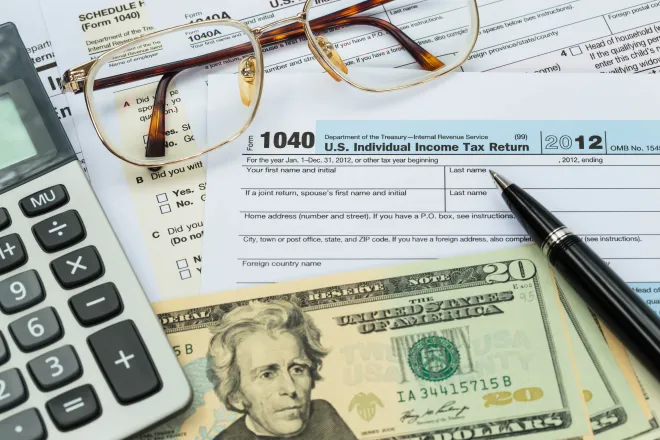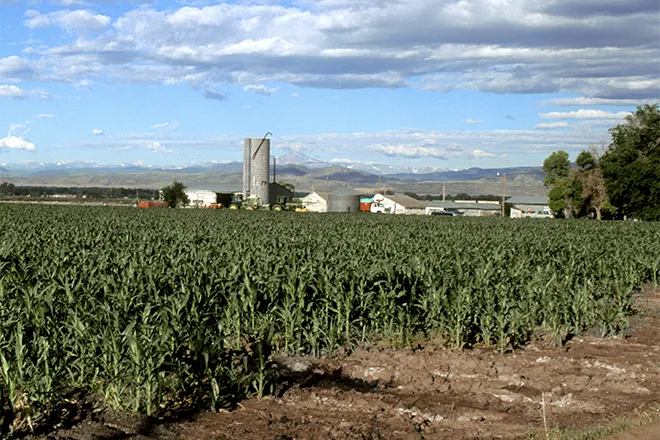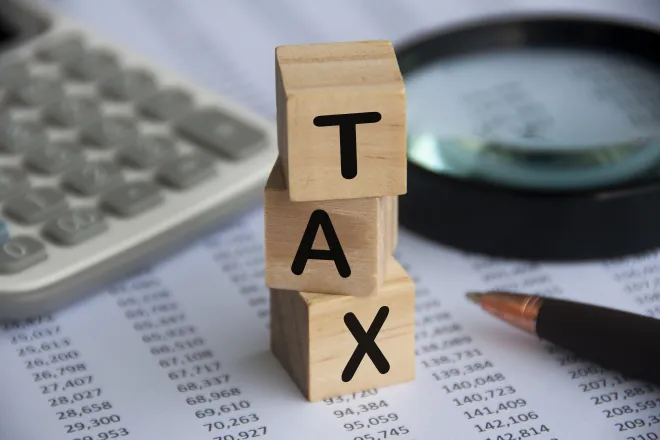
Extreme weather could burn many investment portfolios by mid-century
Noël Amenc, EDHEC Business School; Abhishek Gupta, EDHEC Business School; Bertrand Jayles, EDHEC Business School; Darwin Marcelo, EDHEC Business School; Frédéric Blanc-Brude, EDHEC Business School; Leonard Lum, EDHEC Business School; Nishtha Manocha, EDHEC Business School, and Qinyu Goh, EDHEC Business School
Climate change is one of the most pressing challenges facing humanity today, with potentially severe implications for infrastructure assets. Infrastructure investments such as roads, bridges, ports, airports, and power plants have long lifetimes, typically spanning several decades, and are designed to operate under specific climatic conditions. However, climate change is causing more frequent and intense extreme weather events, such as floods, droughts, heat waves, and storms, which can damage or disrupt infrastructure assets. These physical risks can lead to direct losses, increased maintenance costs, and lower asset values.
At the same time, climate change induces changes in policy, technology, and consumer preferences that can impact the value of infrastructure assets. This is known as transition risks. For example, new regulations and carbon-pricing schemes could make carbon-intensive infrastructure assets less attractive or even “stranded”, leading to significant financial losses . Additionally, changes in consumer behaviour, such as a shift toward electric vehicles or renewable energy sources, could render certain infrastructure assets obsolete.
50% potential loss of value
If the energy transition has a cost for private investors (transition risks), so does climate change (physical risks). Extreme weather events, which experts predict will increase over the next few years, thus greatly increase the risk of losing value in portfolios.
In an August 2023 study, “It’s getting physical”, EDHEC Infrastructure and Private Assets Research Institute shows that some investors could see the value of their portfolio fall by more than 50% before 2050. The average investor’s portfolio, which generally holds around 10 assets, could drop by a quarter.
The reason is that over the past two decades, institutional investors – such as insurance companies, mutual and pension funds – have been allocating more and more capital to private infrastructure companies, which operate motorway toll roads, airports, power stations, bridges, pipelines, wind and photovoltaic farms, and so on. This represents a total value of 4.1 trillion dollars in the 25 most active markets. These markets include sectors like renewable energy projects, sustainable infrastructure development, clean technology ventures, electric vehicle manufacturing, carbon offset trading, and green real estate investment, among others. These infrastructures are particularly exposed to climate risks.
In the aftermath of the Covid-19 pandemic, public spending on physical infrastructure has persistently failed to keep up with economic growth; the United States spends only 2.3% of its GDP on infrastructure, compared to 5% for European countries and 8% for China. Still, private-investor exposure appears to be considerable.
27% loss of value on average
To measure the likely losses of infrastructure investors, we randomly constructed thousands of portfolios. To do this, we included hundreds of assets belonging to infrastructure investments across eight industrial superclasses, including transport (air, rail and road), power generation (gas- and coal-fired, nuclear, etc.), renewable energy (wind, solar, hydroelectric, etc.), network utilities (electricity, gas or water distribution), water resources (oil, gas or water pipelines, gas or liquid storage), etc. For all these assets, it is possible to obtain information on the associated climate risks in EDHEC’s InfraMetrics database.
Overall, we observed a high concentration of risk. Most infrastructure investors generally have few assets in their portfolios (between 5 and 20 on average). Their portfolios are poorly diversified, with a relatively limited number of assets held directly by each investor.
Furthermore, portfolios containing infrastructure assets are often concentrated in a single sector – for example, wind farms. In practical terms, an investor who started building a portfolio in 2018 and plans to hold the assets for another 30 years is exposed to losses solely due to physical risks ranging from -54% to -10%, depending on the number of assets held.
In addition, the loss in value of assets exposed to climate change is -27% on average [by 2050]. In a scenario where temperatures rise faster than expected, they could reach 54% for the most-concentrated portfolios. For instance, the “Hot House World” scenario predicts a rise in temperatures of about 3.2ºC above pre-industrial levels by 2100.
Some sectors are also more exposed to climate risks than others. In the transport sector, for example, the loss in net asset value would be four times greater than in the renewable energies sector. Investors in developed countries – in particular the United States, Europe and Australia and others – are the most exposed to losses in value worldwide. Indeed, the more valuable assets are concentrated in a given location, the greater the risk of value destruction.
More inaction, even greater risk
This study shows the scale of the potential losses that investors will have to face. And that’s before the 2050 deadline, as long as climate change predictions remain unchanged. Without action from governments and other stakeholders, climate risks could have a major impact on the overall value of investments, and on the economy as a whole.
However, there is still a glimmer of hope: if the stakeholders manage to organise an effective transition to a low-carbon economy, the losses mentioned in the article could be halved for all investors. All that remains – and this is undoubtedly the most difficult part – is to take action.![]()
Noël Amenc, Professeur de finance, EDHEC Business School; Abhishek Gupta, Associate Director at the EDHEC Infrastructure Institute, EDHEC Business School; Bertrand Jayles, Senior Sustainability Data Scientist, EDHEC Infrastructure & Private Assets Research Institute, EDHEC Business School; Darwin Marcelo, Project Director at the EDHEC Infrastructure & Private Assets Research Institute, EDHEC Business School; Frédéric Blanc-Brude, Directeur de l'EDHEC Infrastructure Institute, EDHEC Business School; Leonard Lum, Data analyst, EDHECinfra, EDHEC Business School; Nishtha Manocha, EDHECinfra Senior Research Engineer, EDHEC Business School, and Qinyu Goh, MSc Urban Science, Sustainability Data Scientist at the EDHEC Infrastructure & Private Assets Research Institute, EDHEC Business School
This article is republished from The Conversation under a Creative Commons license. Read the original article.




